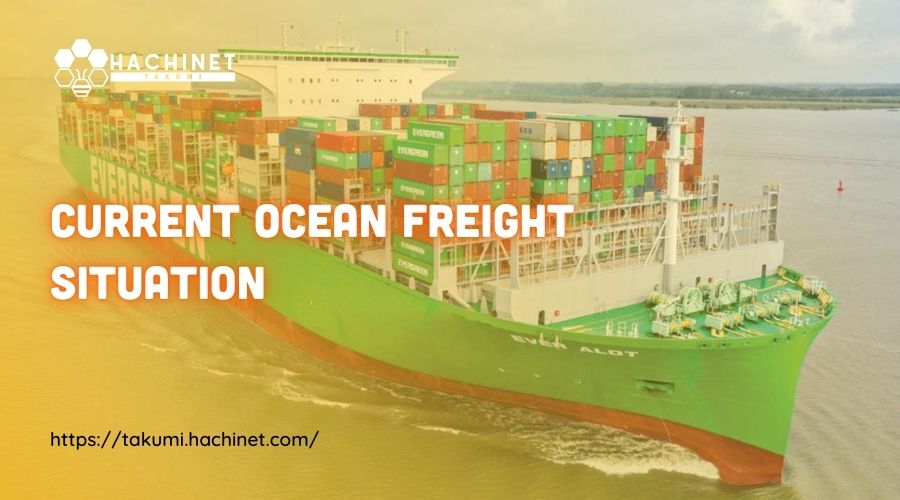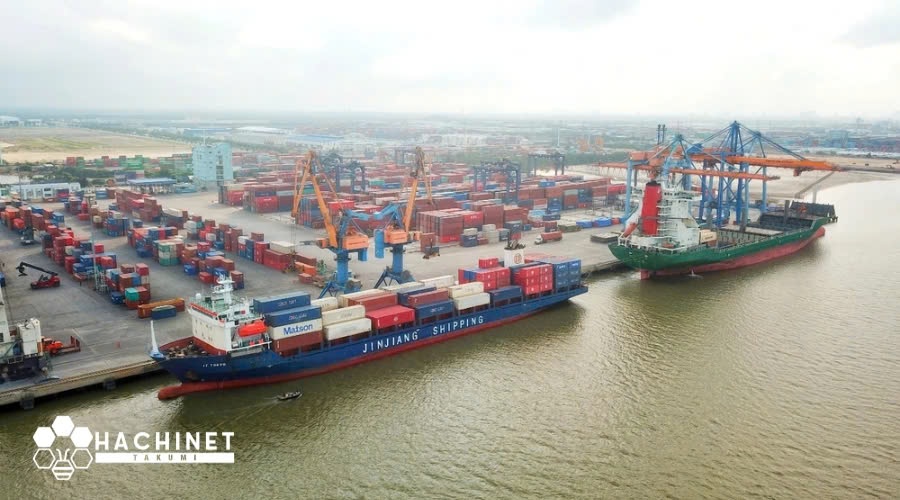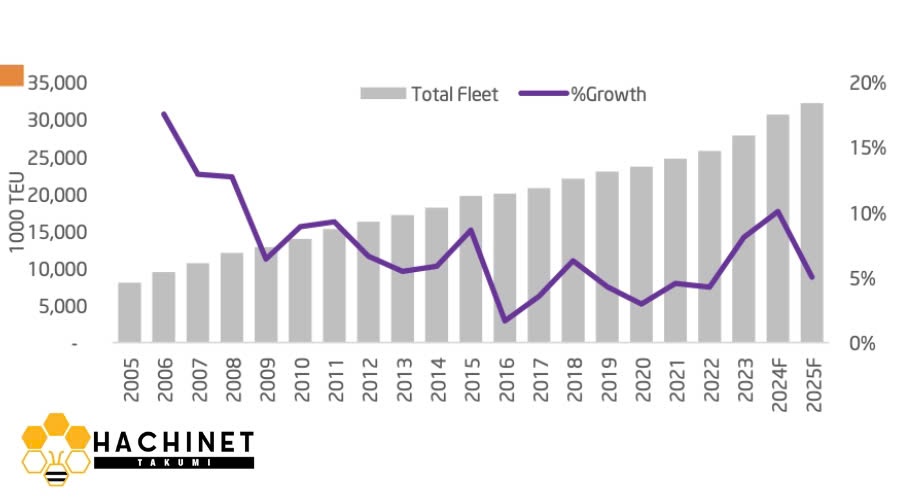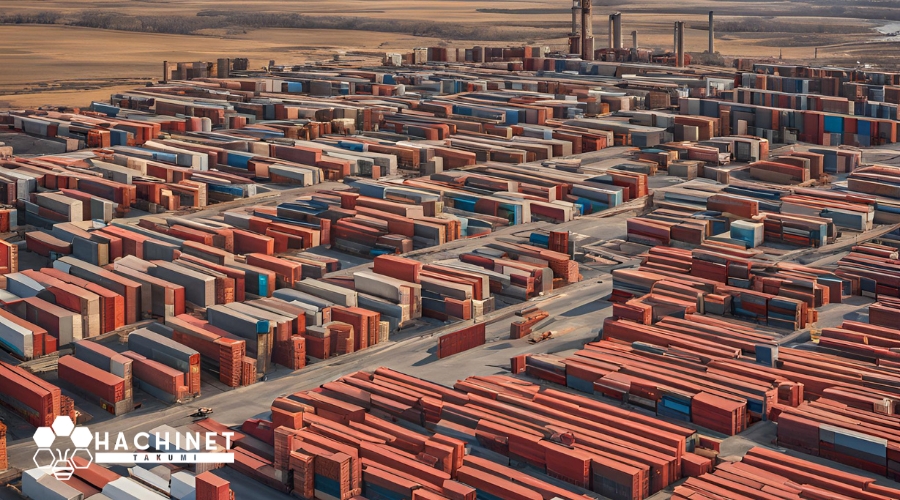Current Ocean Freight Situation

In 2024, ocean freight rates continue to fluctuate with significant changes. Since the beginning of the year, ocean freight rates have seen increases due to a variety of economic and political factors. From January to March, ocean freight rates from Asia to North America ranged from $7,500/40ft container to $9,000/40ft container.
From April to June, ocean freight rates continued to increase, reaching an average of $10,000/40ft container, with some routes reaching $12,000/40ft container. By July, ocean freight rates peaked at $12,500/40ft container, reflecting the tension and volatility in the market. In addition to the heavily affected commodities such as plywood or core veneer, agricultural products such as green tea, black tea and many other agricultural products are also affected

Reasons for the Recent Increase in Ocean Freight Rates
The main reasons for the recent increase in ocean freight rates include trade wars, container shortages and fuel crises. Tensions between major countries such as the US and China have increased shipping costs due to tariffs and trade restrictions. These measures not only increase direct costs but also create uncertainty in global supply chains, forcing businesses to incur additional costs to find alternative shipping routes. The imbalance in the global distribution of containers makes shipping more difficult and expensive. The container shortage, partly caused by the COVID-19 pandemic, has prolonged and exacerbated this situation. Rising oil and fuel prices due to geopolitical uncertainties, such as conflicts in the Middle East, have led to significant increases in shipping costs, which in turn have pushed up ocean freight rates.

Forecasting Future Trends
Although ocean freight rates have been high throughout 2024, there has been a slight slowdown in August, with a projected decrease of around $100-200 per 40ft container. This could be due to more stable oil prices, which have eased the pressure on fuel costs. If oil prices remain stable, shipping costs will be less volatile, which will help reduce ocean freight rates. The shipping market may also self-correct as supply and demand factors gradually stabilize. As businesses look to optimize their supply chains and improve operational efficiency, the pressure on ocean freight rates may ease. New trade agreements could help reduce shipping barriers and costs. If countries reach favorable trade agreements, trade costs will decrease, leading to a decrease in ocean freight rates.

Advice for Foreign Import Companies
To cope with the volatile ocean freight rates, foreign import companies should diversify their supply sources, seeking suppliers from many different countries to minimize the risks of trade wars. This not only helps ensure a stable supply but also helps reduce the pressure from tariff measures. They should plan ahead, forecast demand and plan imports early to avoid sudden price increases. Careful planning will help businesses better predict and cope with price fluctuations. Signing long-term transportation contracts to fix transportation costs is also an effective strategy, helping businesses avoid short-term price fluctuations. Finally, applying supply chain management technologies to optimize the transportation process and minimize costs is also an important step. Technology helps improve efficiency and reduce unnecessary costs, thereby helping businesses stay competitive in a harsh business environment.

This blog provides an overview and details of the current ocean freight situation, helping businesses to come up with appropriate strategies in importing goods. By understanding the causes and trends of ocean freight rates, businesses can plan better and ensure more effective business operations.







